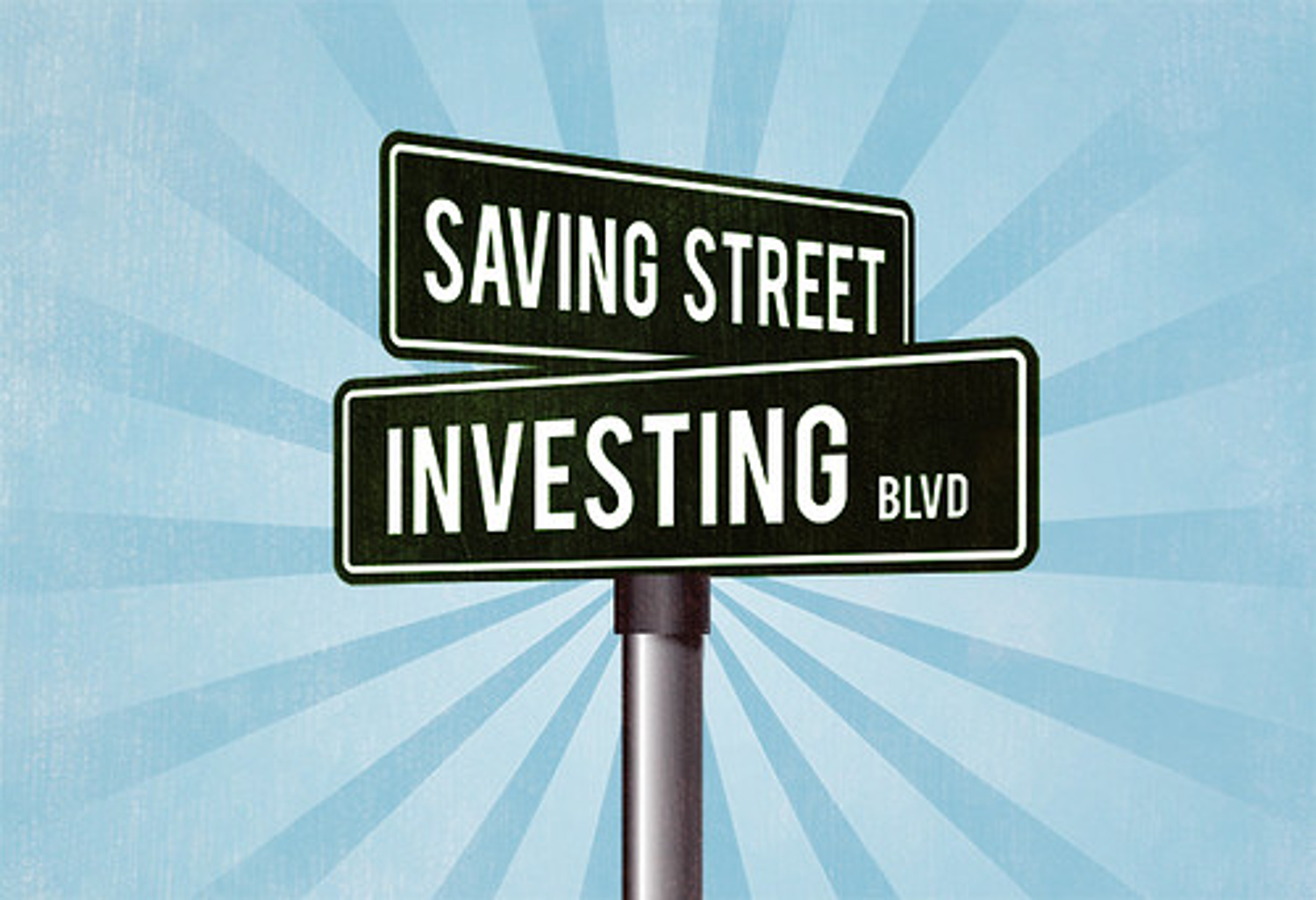Sign up for daily news updates from CleanTechnica on email. Or follow us on Google News!
That Time When Japanese Wood Construction Was Seen As A Weakness
During World War II, the United States came up with an idea that was almost as awful as using atomic bombs: a bomb that slowly drifts down and then releases bats, which would then carry little napalm bombs to places nearby. If dropped right before dawn, the Mexican free-tailed bats would then instinctively look for secluded places to roost within 20-40 miles. The little bombs would be set on timers and give the bats time to find a place to sleep, and then go off, setting buildings on fire.
At the time, Japanese construction was mostly thin wood and even paper, so such a device could have been devastating — if it worked! In early tests, the bats were released too early and burned an auxiliary airbase near Carlsbad, New Mexico (the nearby Caverns, a National Park, were the source of the bats).
 Image by the United States Army, Public Domain.
Image by the United States Army, Public Domain.
After being moved to the Navy and then to the Marine Corps, the project ended up taking years too long, and it ended up being faster to produce nuclear bombs. One mock-up Japanese village was successfully burnt in testing, but the project was ultimately shut down.
So, the perceived weakness of Japanese construction was never actually used against them in this fashion.
But Now, It’s Proving To Be The Strength It Was All Along
What people couldn’t see in the fog of war was that Japanese wood architecture was really a strength of the nation. A country where bricks and steel were seen as superior couldn’t see the value of skilled Japanese wood working. The fact is, there are some buildings in Japan that have stood for over 1,000 years without a single nail in a process called miyadaiku carpentry.
By planning cuts of wood to interlock, wood that’s starting to rot can be replaced every few years or decades without having to tear the building down. The original wood in these buildings is largely long gone, but these Buildings of Theseus carry on with the original design. Really, it’s quite ingenious! Today, miyadaiku is mostly used to refurbish old buildings and temples with historical value, so these traditional skills remain alive in Japan.
When faced with a newly-identified environmental problem, the persistence of this wood construction in Japanese culture proved to be useful in space.
“All the satellites which re-enter the Earth’s atmosphere burn and create tiny alumina particles, which will float in the upper atmosphere for many years,” Takao Doi, a Japanese astronaut. “Eventually, it will affect the environment of the Earth.”
 Chip in a few dollars a month to help support independent cleantech coverage that helps to accelerate the cleantech revolution!
Chip in a few dollars a month to help support independent cleantech coverage that helps to accelerate the cleantech revolution!
So, JAXA (the Japanese space agency) decided to give wood a try. First, different types of wood were tested in laboratories. When the wood proved to be durable enough to work for satellites, they took real samples to the International Space Station and left the treated wood in the vacuum of space. No measurable changes in mass occurred, and there was no signs of rotting or damage. So, wood works well in space, which “astounded” the team.
After all, there’s no oxygen in space and no moisture. There are also no microbes or termites that can eat the wood and decompose it. So, it’s just as good as metal in many ways. It turned out that magnolia wood was the most robust in space.
There are now plans to put up a small wooden satellite, which will spend six months in space testing for deformation. It will piggyback on either an ISS resupply ship or a SpaceX mission. If it proves itself again, it will become a viable material for future satellites that won’t pollute the upper atmosphere later when they’re de-orbited. Unlike aluminum, the wood would completely burn upon reentry instead of spreading little particles of aluminum.
You can learn more about the wooden satellites at JAXA’s website here.
Should The West Give Wood A Second Look?
The truth is, wood (when managed properly) can be one of the most sustainable building materials.
According to Grow Ensemble, there are a number of companies working to collect sustainably-grown reforested wood. By making reforestation (the restoration of lost forests) a business, more reforestation actually happens. When only a small amount of the wood gets harvested, the end result is more forests instead of less forests. This not only is better for biodiversity (again, when done right), but it puts more carbon into the ground instead of in the air. After all, wood is 50% carbon.
Contrast this with metal and less sustainable wood, bricks, and other materials, and you end up with restored earth instead of damaged environments.
But, this requires that building practices be modified a bit. Instead of relying on the specifications of thick old growth wood, plans need to be made for more knots, more sap, and other things that come from harvesting thinned wood that’s only a decade or two old instead of big, thick lumber from the cores of older trees. This requires some creativity and flexibility, so reforested wood brokers have to find innovative businesses willing to change what they’re doing to make it more sustainable.
This is also great for the developing world, as there’s a lot of deforestation that has not only happened in the past, but continues to happen. By giving people an opportunity to use land in more ways and connect to other markets, reforestation projects gives people more options and more chances to make a decent living instead of destroying their countries for a big company for pennies.
Even bamboo, a fast-growing wood which we tend to think of as flimsy and overly-flexible, can serve amazing purposes:
When assembled correctly, bamboo can be as strong as steel and provide building materials that grow back fast.
So, instead of being like the military planners during World War II, we should be looking for good ideas in the east and from the developing world instead of assuming that traditional ways are always a weakness that can be exploited, or replaced when we can’t exploit them.
Featured image provided by JAXA.
Have a tip for CleanTechnica? Want to advertise? Want to suggest a guest for our CleanTech Talk podcast? Contact us here.
Latest CleanTechnica TV Video
I don’t like paywalls. You don’t like paywalls. Who likes paywalls? Here at CleanTechnica, we implemented a limited paywall for a while, but it always felt wrong — and it was always tough to decide what we should put behind there. In theory, your most exclusive and best content goes behind a paywall. But then fewer people read it!! So, we’ve decided to completely nix paywalls here at CleanTechnica. But…
Thank you!
CleanTechnica uses affiliate links. See our policy here.




